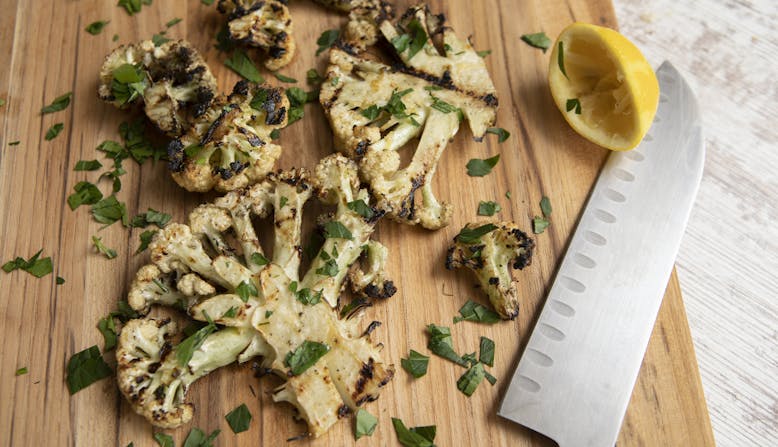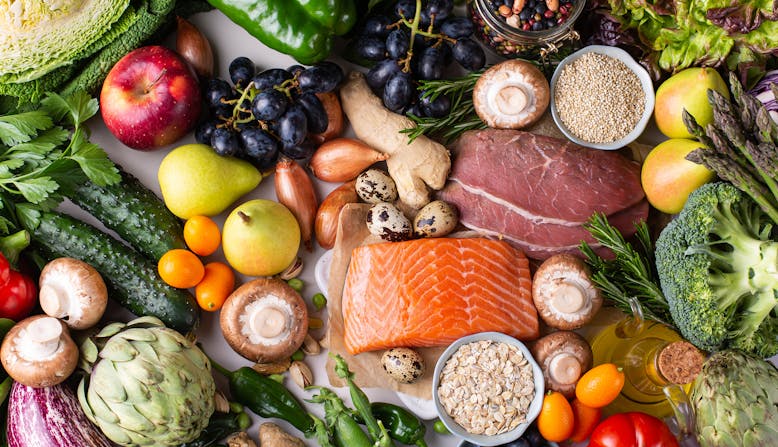There is no diet that will cure psoriatic disease, but there are many ways in which eating healthful food may lessen the severity of symptoms and play a role in lowering the likelihood of developing comorbidities. It is important to talk with your health care provider before you begin any diet.
Several diets, foods and ingredients have shown promise in their ability to potentially reduce or prevent inflammation in the body. Making healthy eating choices may play a role in helping you manage your psoriasis or psoriatic arthritis.



